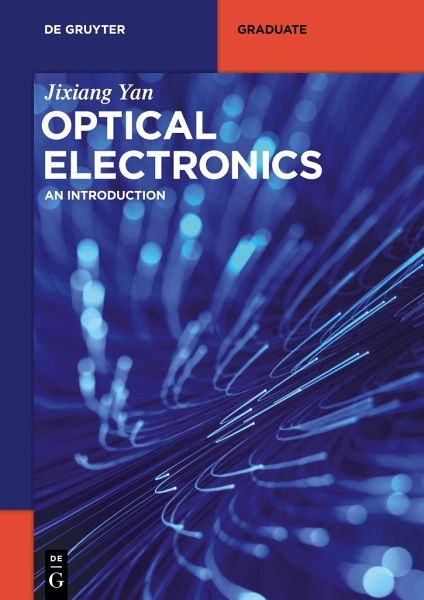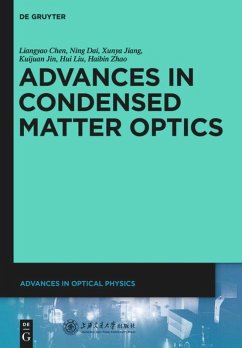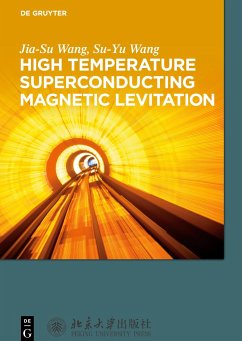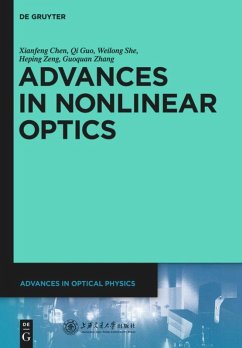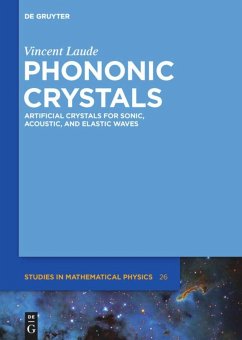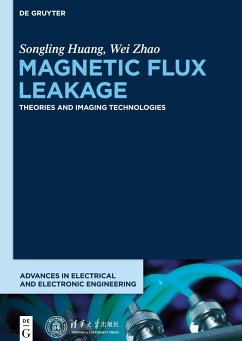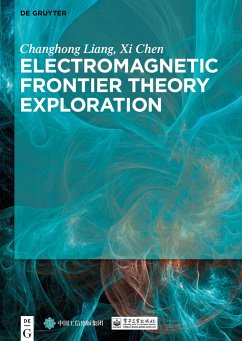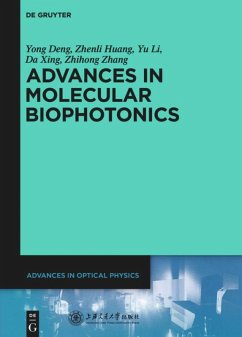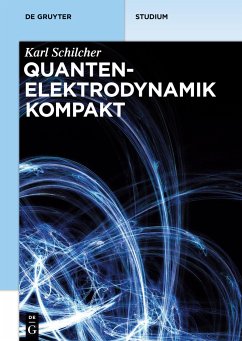High energy solid laser technology
3.1 The Fiber laser
3.2 The thin-disc laser
3.3 The zigzag slabs laser
3.4 The heat capacity mode of solid state laser
Chapter 4 Light transmission and the transmission media
4.1 The transmission of the light in the uniform media and the interface of the media
4.2 The transmission of the Gauss light beams
4.3 The optical theory of the wave-guide in the plate media
4.4 The electromagnetic theory basis of the plate wave-guide
4.5 A brief introduction to the channel wave-guide
4.6 A brief introduction to the coupling theory of the wave-guide mode
4.7 The wave-guide theory of the semiconductors
4.8 The new advances in the wave-guide theory
4.9 The wave-guide devices of the insulating crystals
4.10 The semiconductor wave-guide devices
4.11 The application samples of the light wave-guide
4.12 A brief introduction to MOEMS
Chapter 5 The Photoelectric detection and the detection system
5.1 The general description of the performances of the photo-electric detecting devices
5.2 The working principles of the photo-electronic detecting devices
5.3 The photo-electrons emission type detecting devices
5.4 The photo-electric guide type detecting devices
5.5 The photo-voltaic type detecting devices
5.6 The direct detecting technique
5.7 The heterodyne detecting technique
Chapter 6 Photoelectric imaging and imaging system
6.1 A general description of the photoelectric imaging system
6.2 A brief introduction to the image detector
6.3 The point spread function (psf) and the performance index in view of the psf
6.4 The optical transfer functions
6.5 The modulation and the modulation transfer functions
6.6 The modulation transfer functions of the optical system
6.7 A brief introduction to the photo-electric image system
6.8 A further description of the performances of the non-scanning photo-electric image system
6.9 A further description of the performances of the scanning photo-electric image system
Chapter 7 A general introduction to the photoelectronic statistics theory
7.1 The random variable
7.2 The stochastic process
7.3 The Gauss stochastic process
7.4 Poisson stochastic point process
7.5 The statistical description of the light source
7.6 The statistical description of the light waves transmission
7.7 The statistical description of the light detection
7.8 The statistical description of the detectors noise
